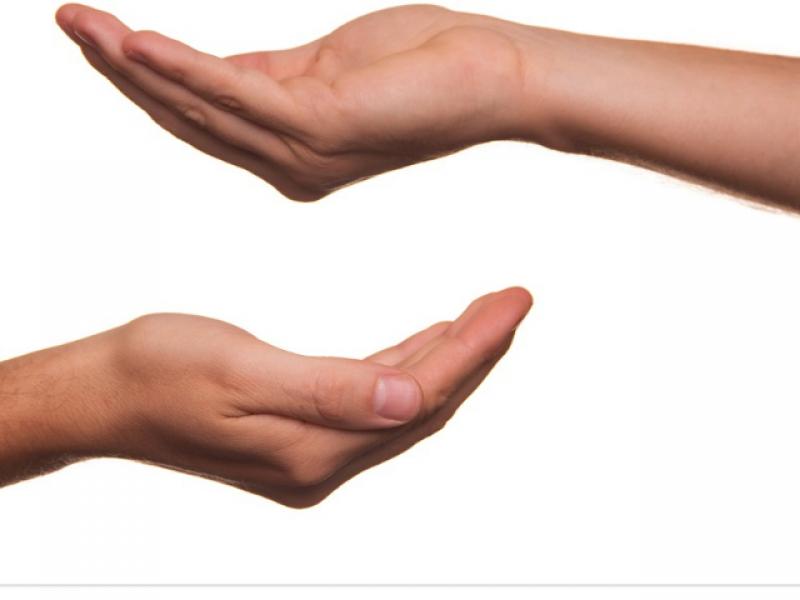
The National Poverty Report published by the National Insurance Institute shows data on an increase in the poverty rate in Israel in 2018 - among the general population as well as among children and families. The couple employed - rose.
For the first time after years in which inequality in Israel was reduced, in 2018 it began to expand. Internationally, the poverty rate among children in Israel remains higher in the OECD - more than in Chile and Mexico - when only in Turkey is the poverty rate among children higher.
In 2018, the poverty circle joined 111,000 civilians, and the number of poor residents amounts to about 1.67 million today. Also, the number of poor children has increased by 65,700 children, and the number of poor children now amounts to 773,400 children living below the poverty line. In addition, approximately 446,100 families in Israel live in poverty. The figures do not include Palestinian East Jerusalem residents.
Overall, the overall poverty rate among the Israeli population rose to 20.4% of the population in 2018, compared with 19.4% in 2017. The poverty rate among children rose sharply to 29.1% of children - that is, close to one-third of Israeli children live in poverty. This compares to 27.1% in 2017. The poverty rate among the elderly has also risen sharply to 23.2% of the elderly compared to 21.9% in 2017. In contrast, the poverty rate among families rose slightly to 17.5% compared to 17.4% in the previous year.
The poverty rate among families in which both spouses rise - a situation that previously promised poverty - is on the rise. About 5.6% of families where both immigrants live in poverty today compared to 5% in 2017, and 4.9% in 2016.
In a National Insurance report, the Mossad stressed that it is difficult to sample the population of East Jerusalem, leading to a bias in the sample and exceptional results that indicated a decline in the poverty rate. However, with the exception of the East Jerusalem population, the poverty rate is on the rise. "Technical bias is probably the main reason for the decline in overall poverty," and therefore does not indicate a real decline in the poverty rate in Israel. Therefore, the figures refer to the poverty situation in Israel less the East Jerusalem population. However, in a statement issued by Social Security, which is responsible for the Ministry of Welfare, An attempt was made to obscure the findings on the Gido Poverty. Statement issued by the institution, which is the day after Prime Minister Benjamin Netanyahu transition, the firm focused on the decline in the poverty rate, and wrote that the report shows "positive trends" and that he believes improvement in the future.
Even if the sample of poverty is included in the sample in East Jerusalem and led to the data bias, it shows that there is an increase in the poverty rate among children and among the elderly (In calculating the entire population of Israel, the poverty rate among children increased from 29.6% to 30.0%, and the poverty rate among the elderly increased to -17.2% to 18.8% in 2018).
Social Security CEO Meir Spiegeler addressed the results more moderately, saying that "despite the encouraging data, there is still much work ahead of us. The government is committed to continuing efforts to significantly reduce poverty. "Spiegeler said that Social Security supports linking old-age pensions to average wages in the economy and not linking them to the index.
Social Security data shows that a single mother raising one child will live in poverty even if she works full-time with a minimum wage. Families where both spouses work full time at minimum wage will be poor if they are more than two children (families where one spouse works part time at minimum wage will be poor even after two children).
Poverty in Israel is measured in the Western world, based on residents' income - relative to the country's average income, which determines the poverty line - all households and residents whose income is lower than the poverty line are considered poor.
The poverty line itself varies according to the number of persons at home. For example, the poverty line for a 4-person family amounts to NIS 9,199 in 2018, so a family that reported lower incomes is considered poor.
In addition, after years of declining inequality in Israel - an increase in inequality was recorded in 2018. This means an increase in income gaps in Israel. Inequality in Israel is considered to be particularly high compared to OECD countries, but since 2006 it has been declining - even when measuring household income from employment before tax payments and annuity payments, as well as the index referring to household disposable income.
For example, since 2006 disposable income inequality (after deducting taxes and transferring annuities) has decreased by 4.3%. However, in 2008 it registered a 1.1% increase within one year (an increase was also recorded in the general income measurement). Social Security explained that inequality rose as a result of a decline in middle-class income and benefit in the economic situation of the established families (in the upper income quintile).
Israel's middle-class share of income fell from 60.8% in 2017 to 60.1% - due to economic deterioration and the transition of the middle class to poverty or the risk of poverty. In contrast, the upper-class share of income rose significantly from 7.6% to 9.6%, and the share of the lower quintile increased from 6.4% to 6.5%.
Articles Archive
Top Categories
ABOUT IFI TODAY

Lorem ipsum dolor sit amet, consectetur adipisicing elit, sed do eiusmod tempor incididunt ut labore et dolore magna aliqua. Ut enim ad minim veniam, quis nostrud exercitation ullamco laboris nisi ut aliquip ex ea commodo consequat. Duis aute irure dolor in reprehenderit in voluptate velit esse cillum


Comments